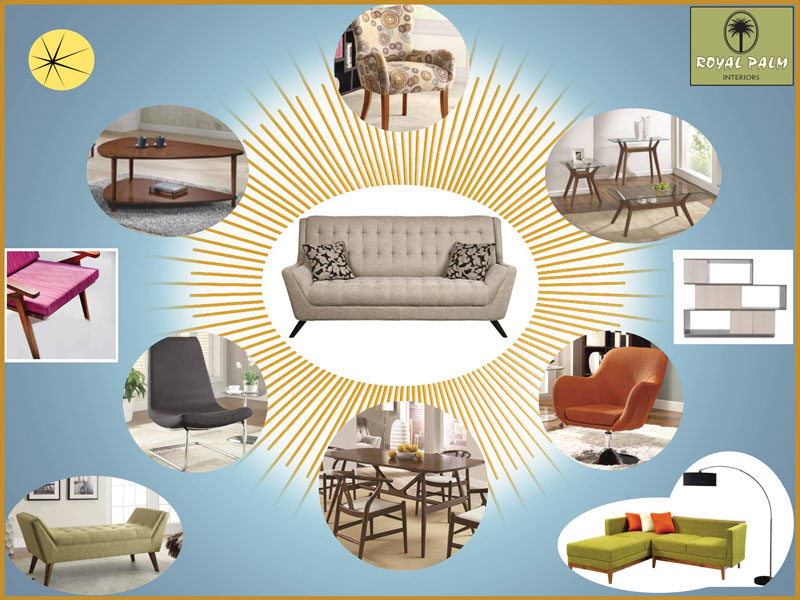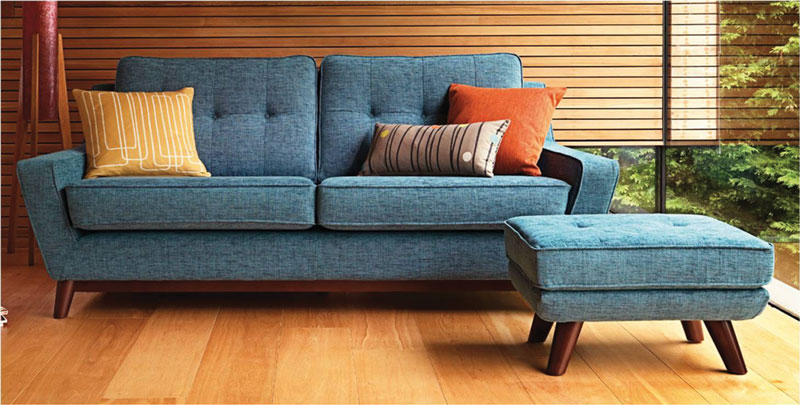Retro Style: Outa Sight? Or Not Your Bag?
By Shelagh Duncan
We all know that styles are cyclical and, of course, the world of interior design is not exempt. The best aesthetics will resurface again and again. For a while now mid-century-modern design has been gaining popularity and, perhaps for good reason.
What is Mid-Century Modern?
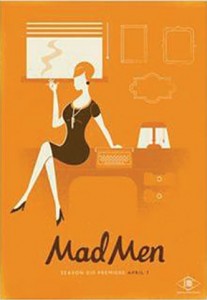 The shift probably began after the wave of oversized and over-the-top French-Provincial and Tuscan Villas had us all feeling, well over-whelmed. Inevitably, we began to yearn for more simplicity. Then came Mad Men.
The shift probably began after the wave of oversized and over-the-top French-Provincial and Tuscan Villas had us all feeling, well over-whelmed. Inevitably, we began to yearn for more simplicity. Then came Mad Men.
If you’ve ever seen an episode of this stylish, smart and tightly crafted show, then you’re already familiar with mid-century modern design. Mad Men has been credited with helping fuel a resurgence of interest in this style. For seven seasons we were hooked watching cool people living with a retro vibe.
Casual but cool mid-century modernism hit a nerve and was back with a vengeance. The clean lines, warm colours, stylized and structured furniture were a refreshing change from the monster homes and their ornate excesses. The Ranch bungalow and its variations suddenly looked much more livable.
The origins of this ‘style’ began around the end of World War II. There were new innovative materials available, a generation of architects having fled Nazi Germany, and aspirations for a better world. Post-war housing was a priority, and the desire was to herald in a new era of stability and optimism.
Frank Lloyd Wright had trained some of the leading architects of the time and he was one of the major influences of the movement. The new homes that were being built had large windows, open floor plans, and embraced the outdoors. At that time it was believed this forward-thinking style could be a vehicle for social change to create a better society.
The furniture of the time was designed to be used—not just admired. Forget all the intricate carving and inlays. It had to be comfortable, practical and yet good looking. It offered geometric shapes, organic curves and clean simple lines, and often played with contrasting materials. Leaning heavily on natural materials, ‘Form follows Function’ was the mantra of the day.
In England during the war furniture like many other things, was actually ‘rationed’. A small number of simple styles were available with strictly controlled prices, and were regulated right up until 1952. Then G-Plan emerged. UK inventor and furniture designer Donald Gomme decided to produce a line of modern furniture to be sold as separate pieces—revolutionary thinking back then! He recognised that the minimalist Scandinavian style was becoming popular, and with that inspiration the line took off. They were hugely successful innovators and we all had homes with beautiful and stylish mid-century modern G-Plan furniture.
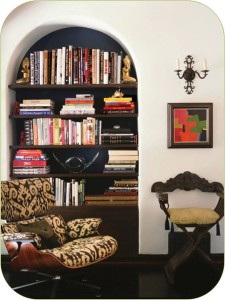 How do we incorporate this style into our homes?
How do we incorporate this style into our homes?
Fortunately even today, this style still works really well. It integrates effortlessly with contemporary and modern interiors, but it is not limited there.
Incorporating one or two select pieces into a room will certainly add a sense of high style. Choose pieces that echo other design elements, or work with existing wood or fabric colours to help the flow. In this eclectic reading nook, the Eames chair looks perfectly at home.
If you want to add more than one large, mid-century piece into a space, make sure it’s a neutral tone. Don’t let it overpower or make the room look overdone.
If you’ve got a knack for color, use that to your advantage. Choose a mid-century piece that has lots of style and good bones but, make sure what you choose will suit the room and its contents. In a neutral setting those retro colours can pop and offer a fresh new look.
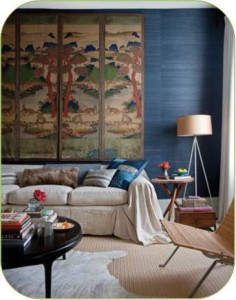 Make a purposeful choice by adding furniture that fits your vision. This room successfully integrates different styles—antique and retro. The spare lines of the furniture allow the screen to be the focal point of this space.
Make a purposeful choice by adding furniture that fits your vision. This room successfully integrates different styles—antique and retro. The spare lines of the furniture allow the screen to be the focal point of this space.
Mid-century furniture is all about clean, robust lines. This concept works well in a contemporary home office. Whether it’s your desk or desk chair, choose a piece that has amazing lines and showcase it. This suave home office shows a dining table being repurposed as a desk and use fun, personality-filled pieces to balance the space.
If you keep the walls white, soft grey or beige—that will allow the clean lines of the furniture to show at its best. You can choose to add a retro colour scheme too, but go cautiously. You don’t want a room looking dated or kitschy.
We have retro furniture pieces available (at Royal Palm Interiors) from some of our US and our Costa Rican manufacturers, and on a recent visit back to Canada, I saw that IKEA was showcasing many furniture and decor pieces in this popular style too. Mid-century modern may never really leave us. It could continue to fill that fun and vital niche with practical and stylish pieces that have become icons of the 20th century.
So is this retro style here to stay? Elements of it of course probably will be—they will be incorporated into classic and modern interiors, and even traditional ones with a carefully placed iconic chair or table.
In our homes, be they near the beach, in the mountains, or in an urban setting, we can still embrace the clean lines and simple aesthetic that mid-century modern offers us. We all want to keep life simple: minimal and low maintenance are the way to go.
Some will still enjoy the palatial homes of the past of course, but even then some elements of this design style can be creatively incorporated into areas of the home as a nod to the genius of the designers and what they achieved during the this period.
Do you dig it—or think it’s a drag? Either way I hope you enjoyed our Retro look-back, and until next time…
Shelagh Duncan
royalpalminteriors@gmail.com
www.royalpalminteriors.com

